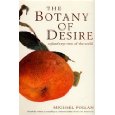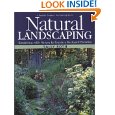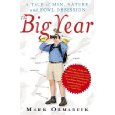The weather has turned cooler in the last couple of weeks, and the days are now almost as long as our nights. From now until the end of December, every day will be about three minutes shorter. Plants start to give away their green color and their leaves increasingly reward us with brilliant colors. The products of photosynthesis are absorbed down into the roots as the plants store their carbohydrates for the winter. This is also why it is a good time to plant trees. There is still time until the ground freezes, and this will allow trees to establish their roots before dormancy.
The perennial garden will benefit from a covering of mulch, especially around plants that tend to heave from the freeze-and-thaw cycle, such as ferns, heucheras and geraniums. Seed heads and grasses add winter interest to the border under the cover of snow and also provide food and shelter for wildlife. All other dying foliage, such as that of hostas and peonies should be removed and added to the compost pile.

































